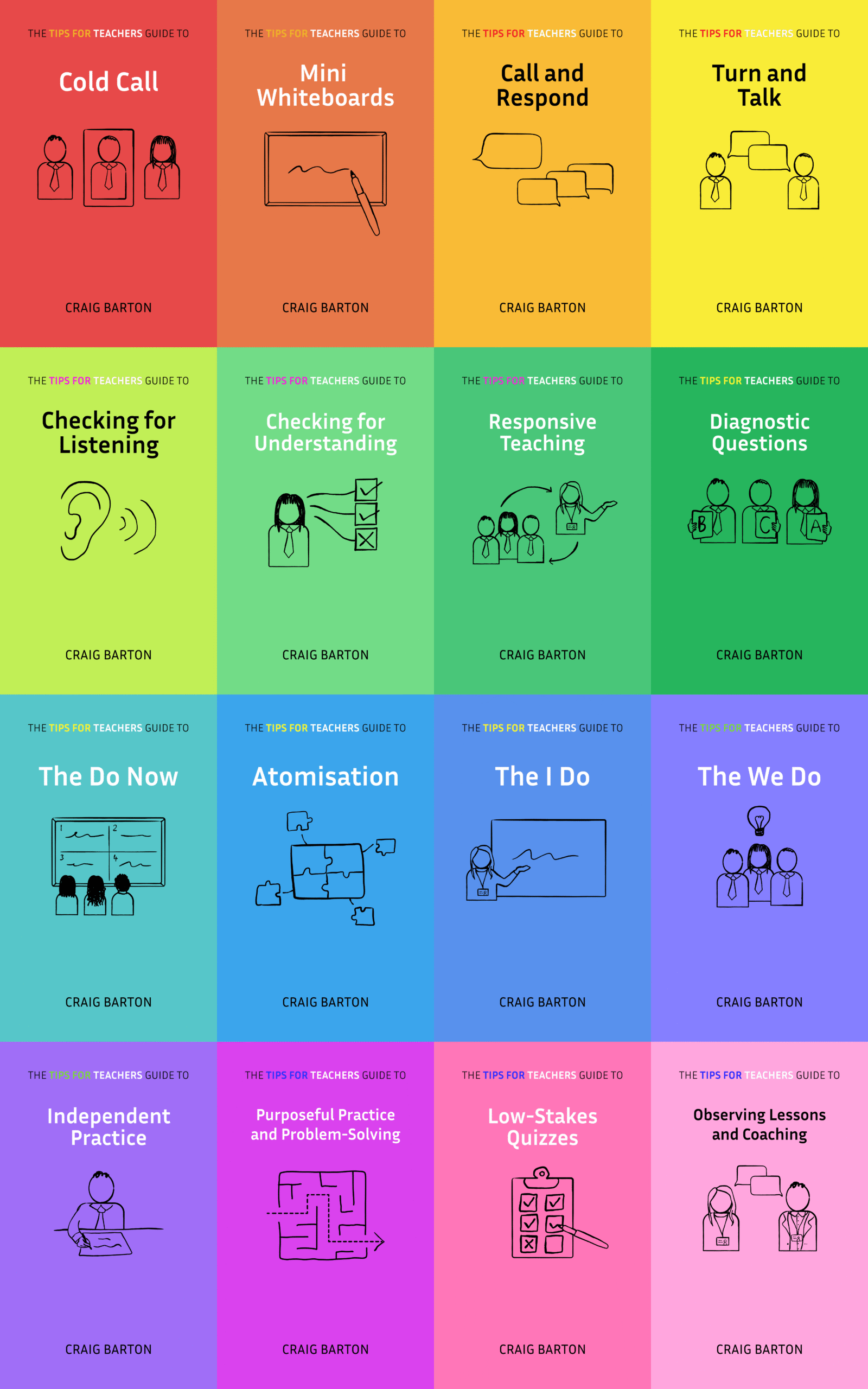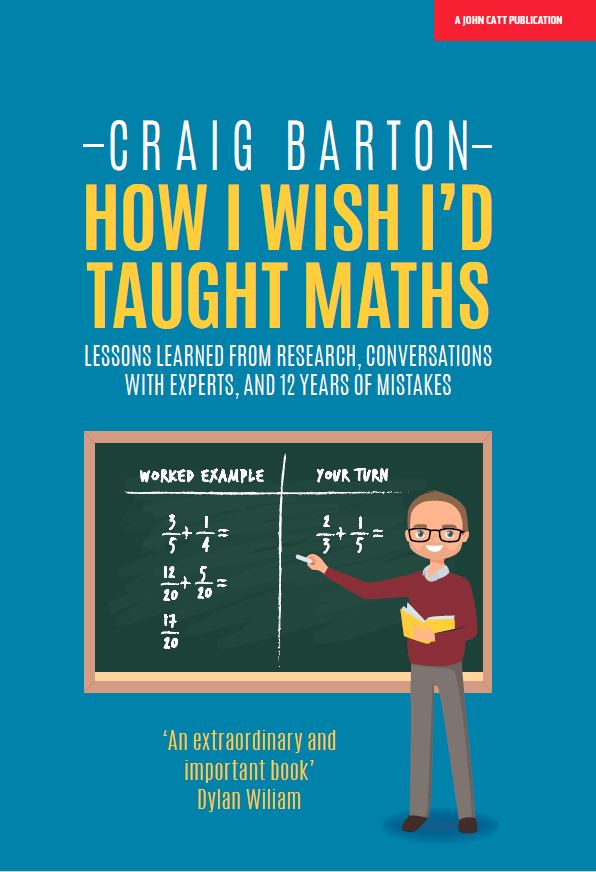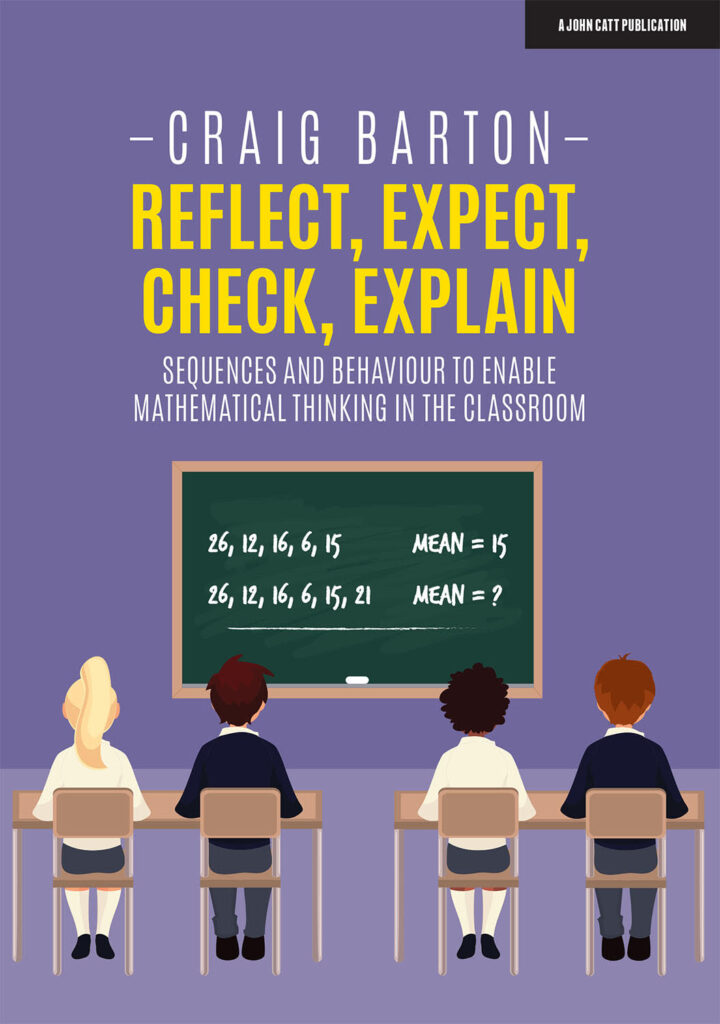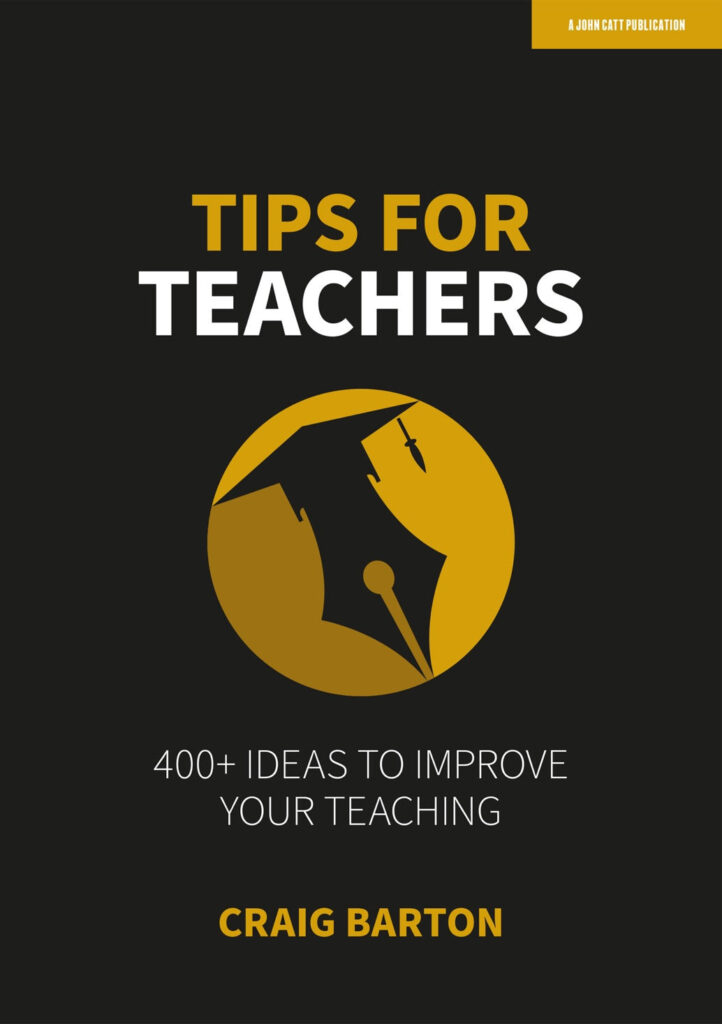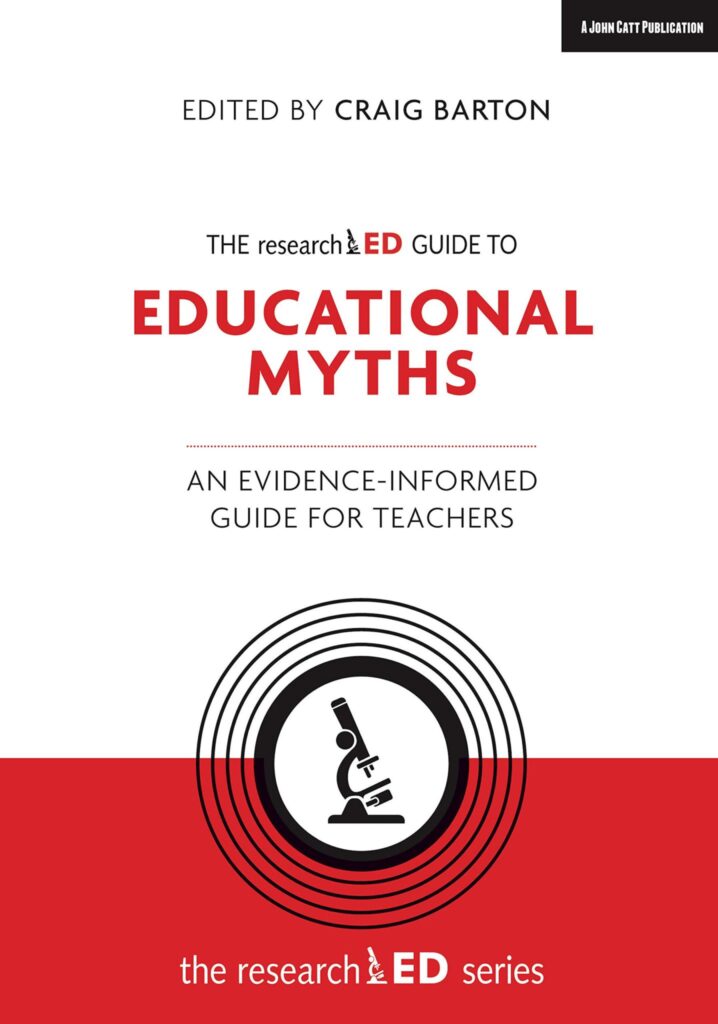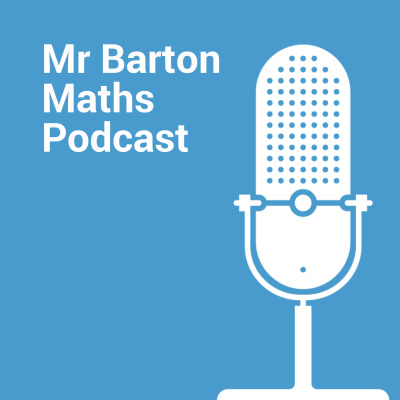Summary
This YouTube transcript discusses the importance of increasing wait time after asking students questions to maximize the effectiveness of retrieval practice. Research suggests that longer wait times (around 3 seconds) improve both the quality and quantity of student responses, although an optimal wait time isn’t definitively established. The speakers highlight that teachers often underestimate how short their actual wait times are and that this impacts the learning process negatively, especially online. The conversation emphasizes the need for teachers to reflect on their wait times and consider various factors, such as question type and student knowledge, rather than aiming for a fixed duration. Ultimately, the discussion promotes thoughtful consideration of wait time as a key element in successful retrieval practice.
What are the implications for teachers?
Based on the sources, here are some implications for teachers regarding wait times:
- Teachers should consider increasing wait times after asking a question to maximize retrieval practice. The research suggests that the average wait time for teachers is between 0.7 and 1.4 seconds, and some teachers wait as little as 0.2 or 0.3 seconds. However, a study found that after a 3-second wait, the quality and quantity of answers increased.
- Teachers tend to underestimate how long they wait. Teachers may think they are waiting five or six seconds, but when measured, it’s often much shorter, around 0.2 seconds.
- Rushing to help students can short circuit the retrieval practice process. Teachers may rush to assist students when they struggle, but this can hinder the learning process.
- Wait times can impact the success of retrieval practice. If the wait time is too short, only the quickest students will engage in successful retrieval practice.
- Longer wait times allow students to access long-term memory and make more connections.
- The type of question asked may influence the appropriate wait time. Factual questions might require less time than higher-order ones.
- Teachers should be reflective about how long they wait and why. The focus should be on considering the factors influencing the wait time rather than finding a single optimal time. There is no one perfect wait time because it depends on many factors.
- Real-world pressures, such as the amount of content to cover, must also be considered.
- Teachers should be aware of the potential for “blind guessing” when wait times are too short. If students feel pressured, they might just guess rather than engage in meaningful retrieval, which can hinder the learning process.
- Teachers should avoid catering only to the fastest students. The majority of students may need more time to think and retrieve information.
- It’s a good starting point for teachers to generally wait longer than their instinct suggests. For less experienced teachers, holding off for a couple more seconds before calling on students might be a smart move. The potential benefits of increased wait time outweigh the potential losses.
- The research on wait times is not new, but it is still relevant. While there haven’t been many recent studies, the older research provides valuable insights.
- Online teaching can make it harder to gauge when students are ready to move on. The lack of nonverbal cues makes it difficult to determine if students are thinking or are bored.

